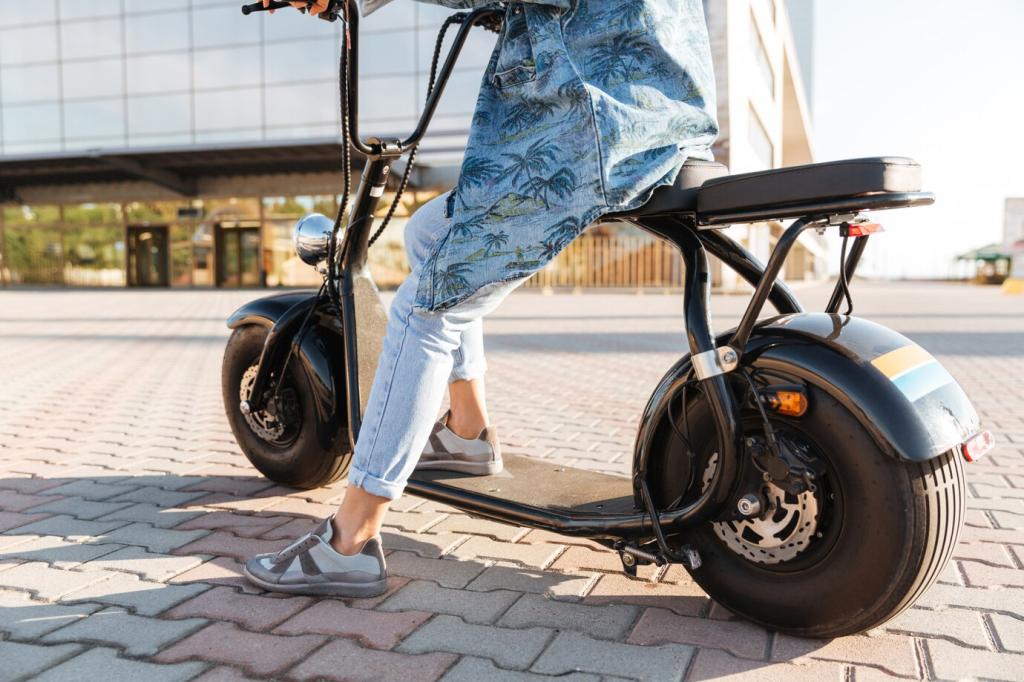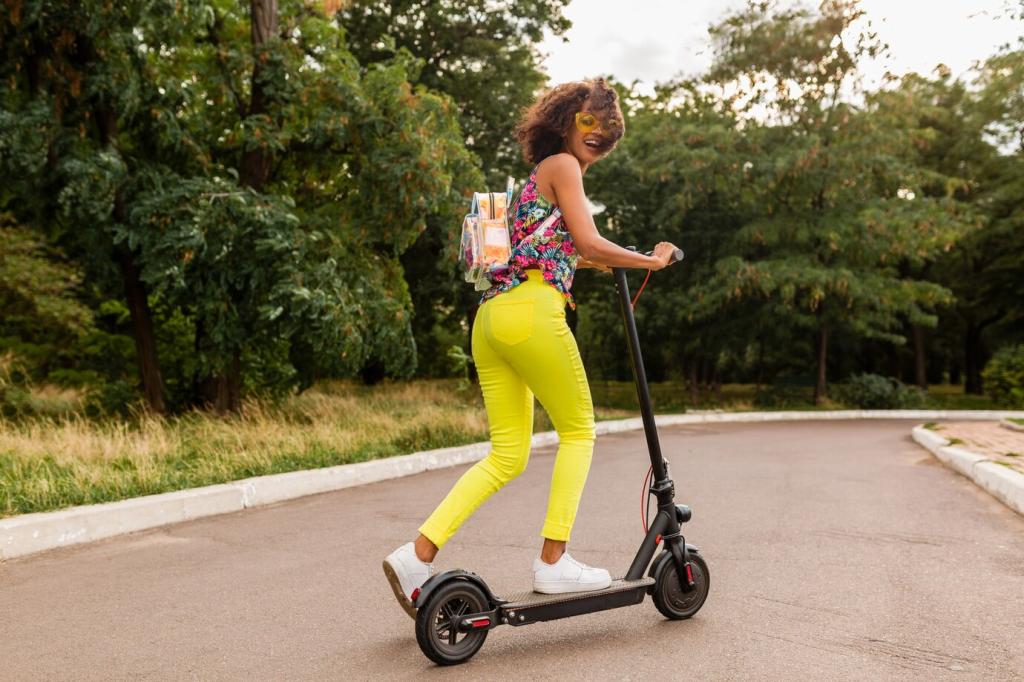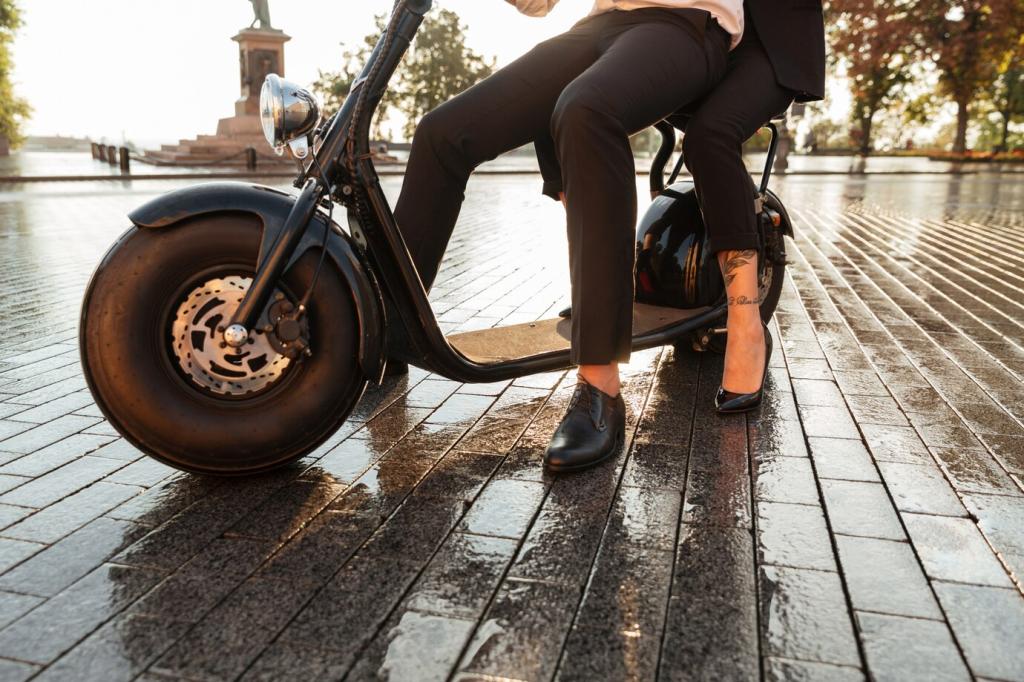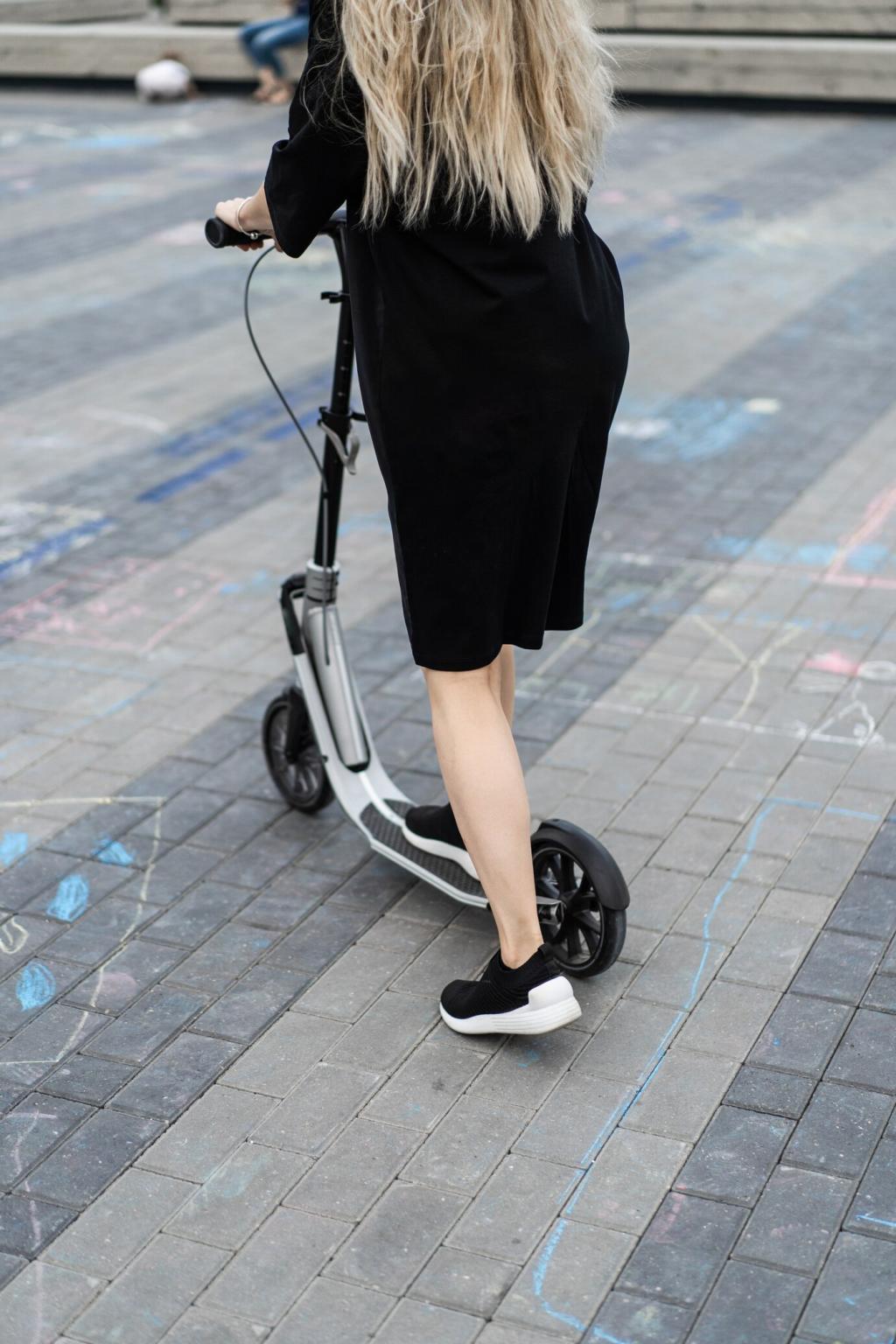First Moments After an Accident
Bring the scooter to a complete stop if it is still moving, step away from traffic, and take two deep breaths. Quickly scan for cars, cyclists, and hazards like broken glass or leaking battery fluid before moving again.
First Moments After an Accident
Turn the scooter off to prevent unexpected throttle or short circuits. Move it only if safe. Activate bike lights, place a reflective vest or light behind you, and signal to approaching traffic to slow down.
First Moments After an Accident
Dial emergency services and clearly state your location, number of injured people, and any fire or battery risks. If possible, use your phone’s location share to send an exact pin to responders or a trusted contact.









